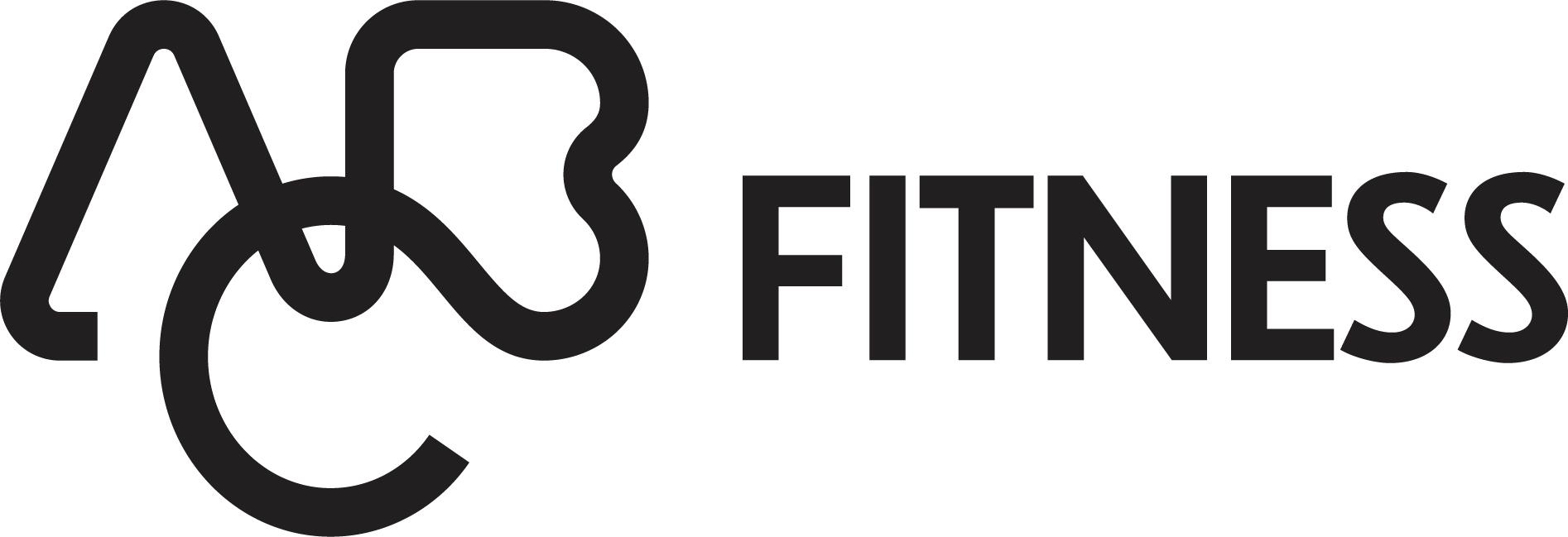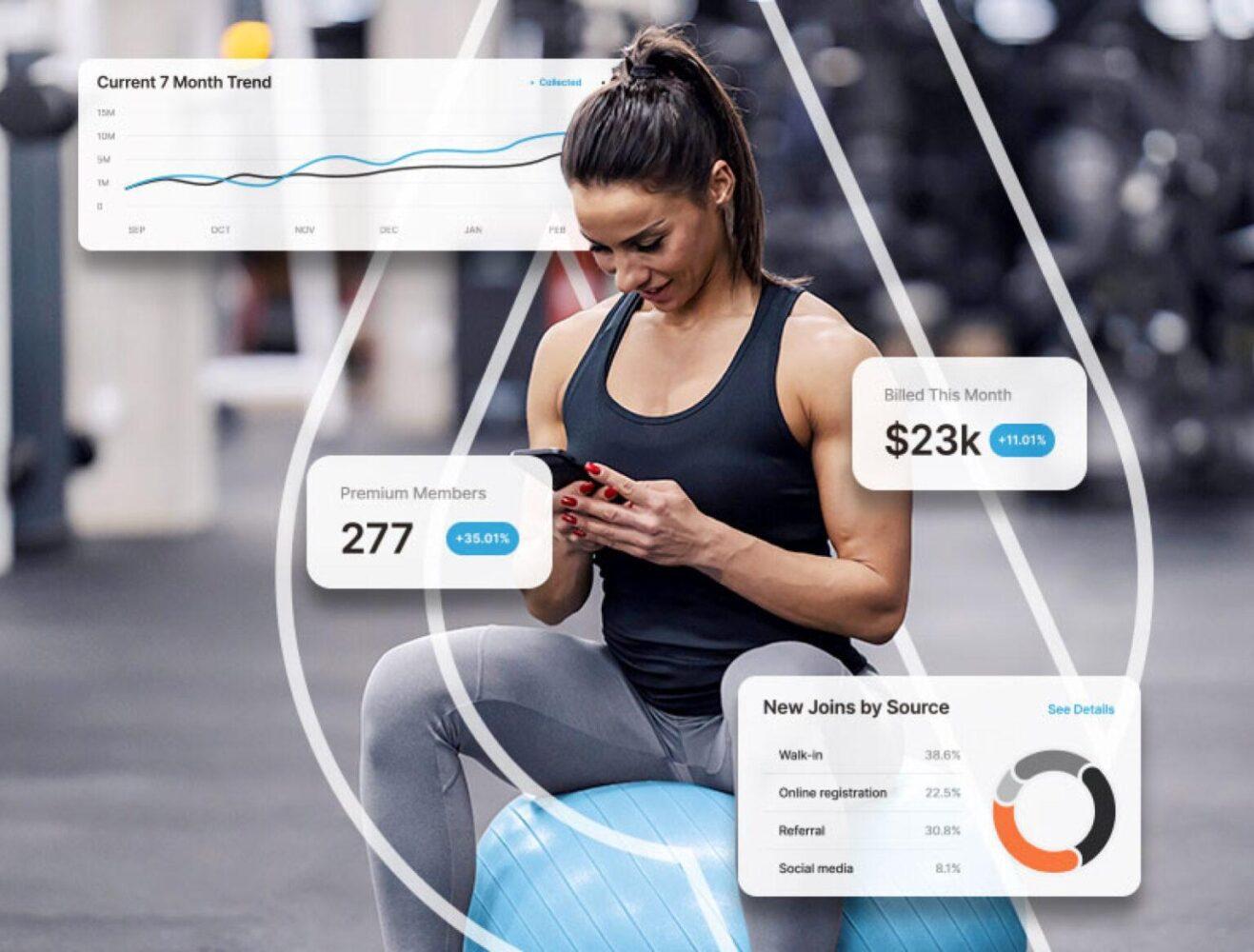How to Grow Your Fitness Center using Gym Management Software
”
As a gym owner, the key to growing a fitness center is focusing on performance and profitability. At ABC Financial, we’ve worked with thousands of fitness centers and know what it takes for gym owners to be successful. Focusing on key performance indicators (KPI’s) will allow you to understand your gym’s profitability. If you can’t measure it, you can’t improve it. Studying metrics of performance through gym management software will allow you to create an action plan to make improvements.
Tracking Performance
Knowing and understanding what KPI’s you should track is the foundation to grow your gym’s profitability. Below you’ll find top KPI’s that you should track:
Revenue per member – to measure the cost of revenue per member, divide your annual revenue by the total number of members. With this simple calculation, you can determine how much each member is worth to your gym.
Member retention rate – the number of members at the end of a time period divided by the total numbers of memberships at the beginning of a time period is used to determine the retention rate.
Conversion rate – the ability to turn leads into members is calculated by dividing the total number of new members by the total number of leads within a certain period of time. By tracking the conversion rate, you can determine how well certain marketing campaigns are performing and which ones generate members.
Membership usage – to determine the frequency that each member uses their membership, divide the total number of days a member attends the fitness center within a certain time period (week, month, etc.) by the total number of days in the time period. If you have three different membership types, it’s vital to study metrics on member usage for each type to understand how each type performs.
Average length of membership – to determine the average membership length take the total number of members during a specific time period divided by the total number of weeks or months those members were retained.
It costs more to acquire a new member than to retain a current one. Determining your lifetime value (LTV) of a member is the first step to calculating customer acquisition cost (CAC). The lifetime value of a member is the total amount of money you will earn from that member during their membership at your gym. Take the average monthly membership dues of your member multiplied by the average length of membership (months) to determine the lifetime value of a member. If your monthly membership fee is $20 and your average membership length is 12 months, your lifetime value would be $250.
To understand your return on investment (ROI), subtract lifetime value of a member from the customer acquisition costs. Think about how much you spend on marketing, sales employees’ salaries and other areas to ensure you’re receiving a good ROI. If you run a marketing campaign for $1,000, acquire one new member, and your lifetime value of that member is $250, then you would have a negative ROI of $750. Understanding this, you should decrease your spend or make changes to your marketing campaign to ensure you’re not losing money to acquire new members. If you spend $150 on Facebook ads and acquire one new member, you would have a positive ROI of $100.
Understanding Profitability
An important indicator of growth in your fitness center is profitability. Many gym owners tend to think if there is money in the bank at the end of the month then they’re making money. That is not the case. Understanding where your money comes from and how to manage it will lead to growth.
To create your profit goals, focus on what numbers are attainable. As a gym owner, you should share your goals with your entire team. Having weekly meetings to discuss these numbers with your team is essential. Set realistic goals (increase membership sales by 10%) each week/month and create an action plan to work towards them.
Examples of realistic goals include:
- Sign up 50 new members in one month
- Increase POS transactions by $100 a week
- Decrease delinquency by 5%
- Increase personal training revenue by 5% (monthly)
Always review your goals at the end of each specific time frame you’ve set. Use that as a benchmark for your gym moving forward and work towards those new goals.
Creating Your Roadmap
Understanding and tracking your gym’s performance and profitability is vital to growing your fitness center. Using a gym management software that provides detailed reporting to track your KPIs is the first step in creating your roadmap to success. Once you understand your KPI’s and set goals, sharing and executing with your team is the final step towards success. Remember the importance of planning. Setting out on an excursion without a roadmap will not lead you to your destination, so don’t expect to run a successful gym without goals, plans and a roadmap to get you there.
Download our eBook to learn how ABC Financial’s gym management software can save you time, increase profits, and grow your fitness center.
“


